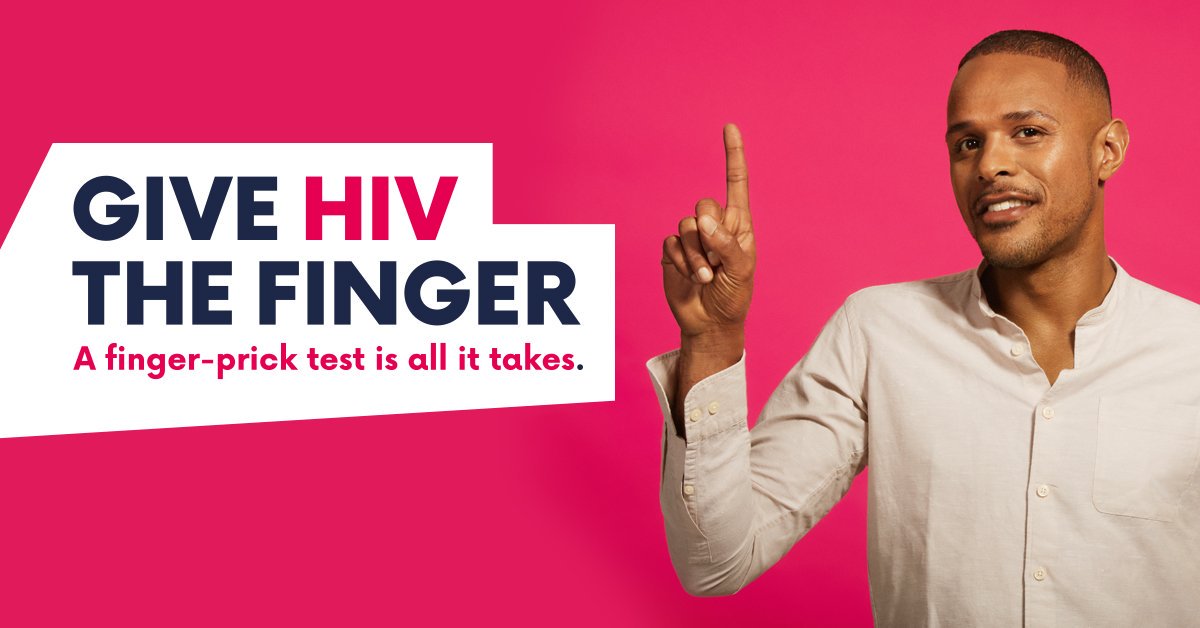
World AIDS Day: Getting Tested for HIV
It’s estimated that more than 1.1 million people aged 13 or older are living with HIV infection in the United States alone - 15% of which are undiagnosed. With this in mind, we wanted to share how easy it is to get tested for HIV.
“The United States will become a place where new HIV infections are rare, and when they do occur, every person, regardless of age, gender, race/ethnicity, sexual orientation, gender identity, or socio-economic circumstance, will have unfettered access to high quality, life-extending care, free from stigma and discrimination.” - National HIV/AIDS Strategy for the United States
Why should I get tested?
The only way to know for definite is to get tested. It’s not only important to know yourself, but it’s also important for your sexual partners to know too. According to HIV.GOV, one in seven people in the US are unaware they have HIV.
While it’s recommended that everyone gets tested regularly, it’s especially advised if you have multiple sex partners, have had sex with someone with multiple sex partners or been diagnosed with a sexually transmitted disease (STD/STI).
There are a few ways to find your local HIV test centre:
- Call 1-800-CDC-INFO (232-4636)
- Visit gettested.cdc.gov or locator.hiv.gov
- Text your ZIP code to 566948
There is also the option of getting a home test kit, which you can order online. The HomeAccess and OraQuick tests are both recommended by the CDC but they’re not cheap.
What does HIV testing involve?
One of the main reasons people do not get tested is because they’re scared of what the test actually involves. Thankfully, we’re here to tell you that it’s completely painless and super quick.
A blood test will involve taking a sample of blood that’s then tested in a laboratory. Results can sometimes be available the same day or within a couple of days.
A point of care test, also known as a Rapid test, will involve taking a swab of saliva from your mouth or a spot of blood from your finger. Not only is this test easy to take, but you’ll usually be able to get your result within a few minutes.
What happens if I test negative?
Continue to practice safe sex. There are a few ways to remain HIV negative:
- Use condoms consistently and correctly
- Engage in less risky sexual behaviors
- Reduce the number of people you have sex with
- Get tested regularly
PrEP is a once-daily prescription medicine that reduces the risk of contracting HIV through sex. When taken every day, the likelihood of contracting HIV is reduced by up to 90%.
People who are insured and uninsured can find a local PrEP provider here.
Watch this video to learn more about how PrEP works:
Think you’ve been exposed to HIV?
PEP (not PrEP) can help reduce your risk of contracting the virus. PEP is the use of antiretroviral drugs after a single high-risk event to prevent HIV. It must be started within 72 hours of a possible exposure but the sooner you start PEP, the better. Every hour counts. You can get PEP from emergency rooms, some health clinics, and some doctors' offices.
What happens if I test positive?
First things first, don’t panic.
If you test positive for HIV, then you’ll likely be asked to take a more-thorough test just to be sure. If that test also comes back positive then you’ll likely be referred to a HIV specialist clinic where further tests can take place. These specialists will be able to discuss and support you through your treatment and help you understand which medicines you’ll need to take.
You can find more information about being tested positive for HIV here.
(Featured image via https://www.startswithme.org.uk)


